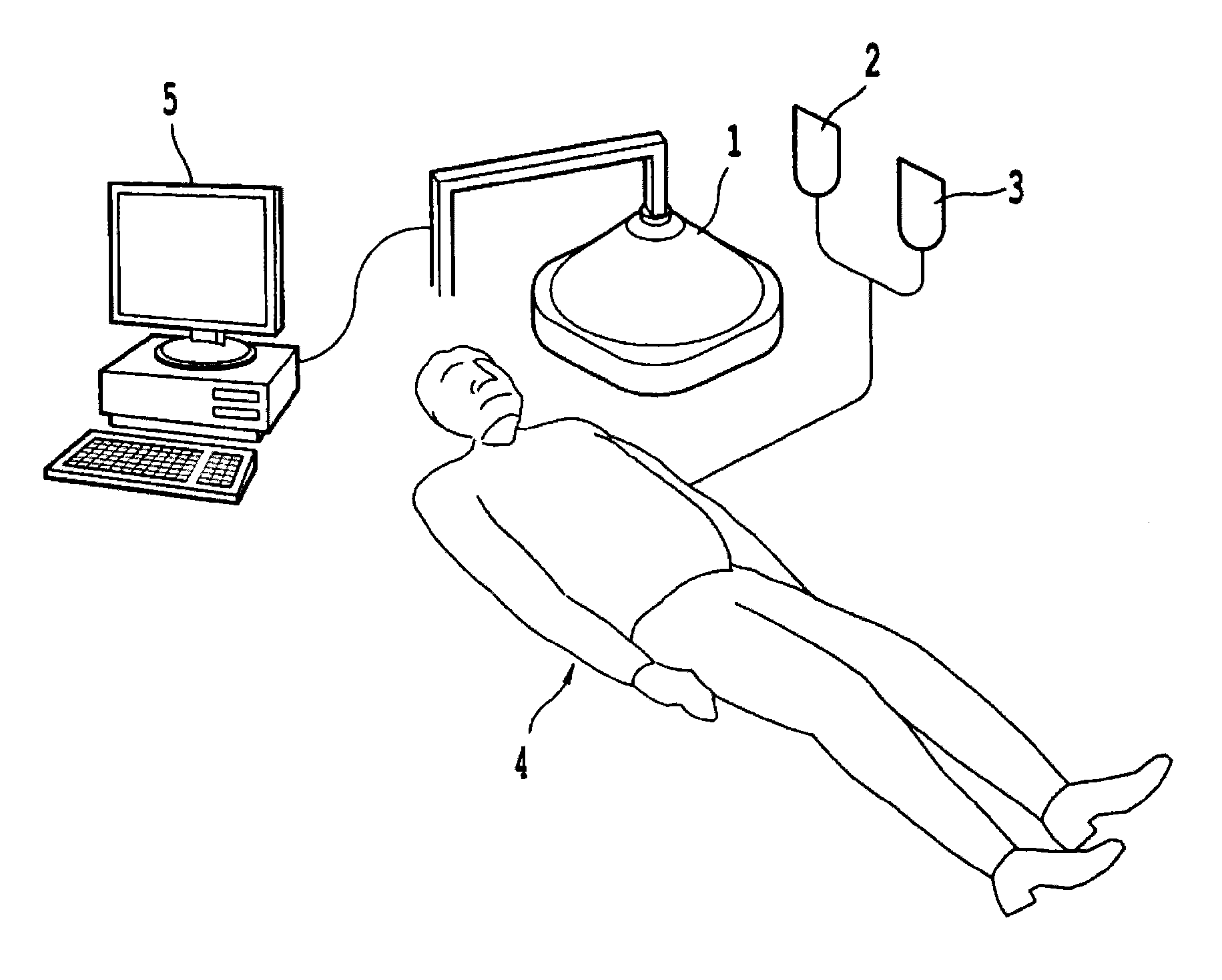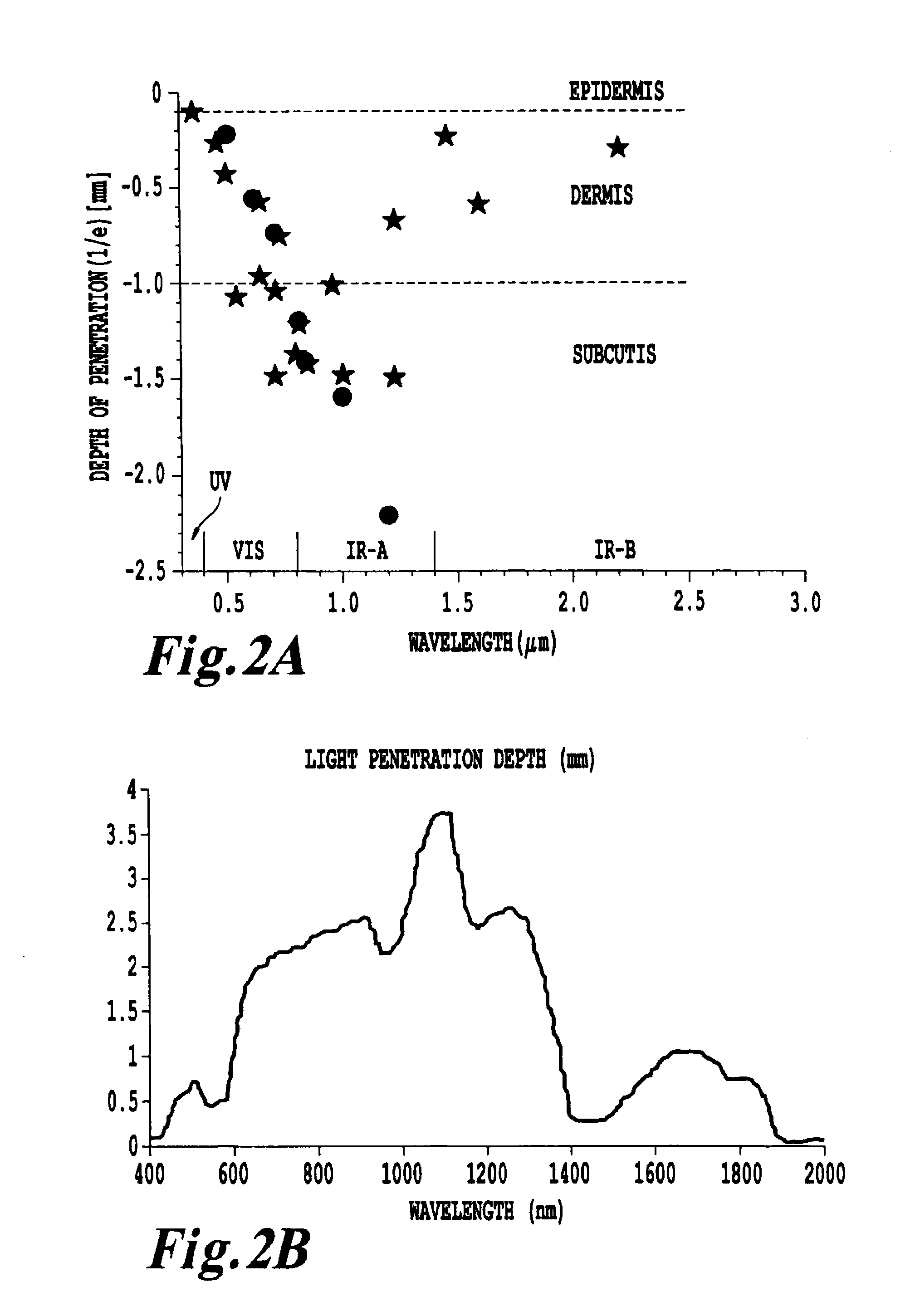It has been one of the principal causes of death in developed countries and, as our population continues to age, it is expected to be an even greater threat to our society and economy.
With cancer, although surgery may sometimes accomplish this goal, the propensity of cancer cells to invade adjacent tissue or to spread to distant sites by microscopic metastasis often limits the effectiveness of this option.
Similarly, the effectiveness of current chemotherapy is often limited by toxicity to other tissues in the body.
Most of these cancer treatment methods, including radiation therapy, are known to cause damage to DNA, which if not repaired during a critical stage in mitosis, the splitting of the cell during cell proliferation, leads to a programmed cell death, i.e. apoptosis.
Further, radiation tends to damage healthy cells, as well as malignant tumor cells.
A survey of known treatment methods reveals that these methods tend to face a primary difficulty of differentiating between normal cells and target cells when delivering treatment, often due to the production of singlet oxygen which is known to be non-selective in its attack of cells, as well as the need to perform the processes ex vivo, or through highly invasive procedures, such as surgical procedures in order to reach tissues more than a few centimeters deep within the subject.
However, the use of NRI or UV radiation is known to penetrate tissue to only a depth of a few centimeters.
However, each suffers from the drawback that the treatment is dependent on the production of singlet oxygen to produce the desired effect on the tissue being treated, and is thus largely indiscriminate in affecting both healthy cells and the diseased tissue desired to be treated.
However, the method is not suitable for treating a patient and does not teach any mechanisms for stimulating the photosensitizers, indirectly.
However, the reference fails to address any specific molecules for use in treating lymphomas or any other cancer.
Fluorescing photosensitizers are said to be preferred, but the reference does not teach how to select a system of fluorescent stimulation or photoactivation using fluorescent photosensitizers.
In addition, the reference teaches that 8-MOP is unsuitable for use as an antiviral, because it damages both cells and viruses.
It is well known that UV activation creates such reactive oxygen species, which are capable of seriously damaging otherwise healthy cells.
The use of psoralen and coumarin photosensitizers can give rise to alternative chemical pathways for dissipation of the excited state that are either not beneficial to the goal of viral inactivation, or that are actually detrimental to the process.
Both may lead to inactivating damage of tumor cells, viruses and healthy cells.
However, neither, alone or combined, lead to an auto vaccine effect.
While the complexity of the immune response and cytotoxid effects is fully appreciated by researchers, a therapy that harnesses the system to successfully stimulate an auto vaccine effect against a targeted, malignant cell has been elusive, except for extracorporeal photophoresis for treating lymphoma.
U.S. Pat. No. 6,235,508 teaches that 8-MOP and AMT are unacceptable photosensitizers, because each indiscriminately damages both cells and viruses.
It is not clear that direct damage to DNA is a major effect; therefore, this may indicate that photoactivation of DNA crosslinking is not stimulated efficiently.
Furthermore, when laser light is administered via external illumination of tissue surfaces, the treatment effect of PDT is confined to a few millimeters (i.e. superficial).
The reason for this superficial limitation is mainly the limited penetration of the visible light used to activate the photosensitizer.
However, even these treatments require significantly invasive techniques to treat the surface of the affected organs.
It is possible that the laser light and small amount of remaining microscopic and minimal gross disease results in too little or highly damaged structures.
It is well recognized that a major problem associated with the existing methods of diagnosis and treatment of cell proliferation disorders is in differentiation of normal cells from target cells.
Such target specificity is difficult to achieve by way of surgery since the strategy there is simply to cut out a large enough portion of the affected area to include all diseased cells and hope that no diseased cells have spread to other distant locations.
With chemotherapy, while some degree of differentiation can be achieved, healthy cells are generally adversely affected by chemo-agents.
These high energy beams ionize the atoms which make up a DNA chain, which in turn leads to cell death.
However, the high doses of radiation needed for such therapies damages healthy cells just as effectively as it does diseased cells.
There is no intrinsic means for a radiation beam to differentiate between a healthy cell from a diseased cell either.
However, this procedure has its drawbacks; it requires drawing blood from the patient, thus requiring cumbersome machinery to perform and may require blood transfusion in order to maintain the volume of blood flow in the machine.
Further, this also limits the size of the patient that can be treated, since the extracorporeal volume is great and too much withdrawal of blood increases the risk of hypovolemic shock.
The method is also limited to treating blood-born cell proliferation related disorders such as lymphoma, and is not capable of treating solid tumors or other types of non-blood related cell proliferation disorders.
A problem encountered in PDT therapy is the inability to treat target areas that are more than a few centimeters beneath the surface of the skin without significant invasive techniques, and the fact that PDT typically operates by generation of sufficient quantities of singlet oxygen to cause cell lysis.
However, singlet oxygen in sufficient concentration will lyse not only target cells, but also healthy cells rather indiscriminately.
 Login to View More
Login to View More  Login to View More
Login to View More 


